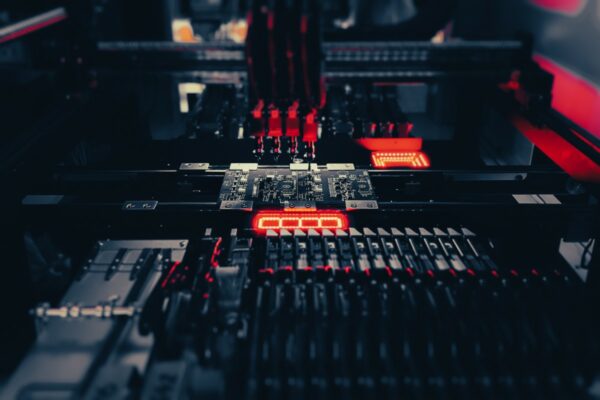What is Surface Mount Technology (SMT)
Surface Mount Technology (SMT) is an assembly and production method used in the PCB industry. It involves the direct application of electronic components onto the surface of a printed circuit board (PCB), eliminating the need for drilling holes. SMT components, also known as surface-mount devices (SMDs), are attached to the PCB through a process called reflow soldering.
Unlike traditional through-hole technology, where components are inserted through drilled holes, SMT components have small tabs or pads where solder is applied to attach them to the PCB. This allows for a more efficient and automated assembly process, reducing manual labor and increasing production efficiency.
SMT has revolutionized the electronics manufacturing industry by enabling the production of smaller, lighter, and more advanced electronic devices. It offers advantages such as increased component density, improved electrical performance, cost and time savings, and enhanced reliability. SMT components are widely used in various electronic applications, from toys to smartphones and laptops.
Frequently Asked Questions
What Is the Difference Between SMD and SMT Soldering
The dissimilarity between SMD and SMT lies in the size of the components. SMD refers to a device that is directly soldered onto a PCB, while SMT is a technology utilized for mounting SMDs onto PCBs.
How Many Types of SMT Are There
There are three distinct types of Surface Mounting in SMT, namely Type I, Type II, and Type III. These types utilize a combination of SMD and Through Hole Components, along with various Soldering Techniques.
What Are SMD Components
Surface mount devices (SMD components) refer to the primary electronic function parts that are attached to the circuit board using surface mount technology. In terms of electrical function, they are similar to through-hole electronic components.
What Are the Advantages of SMT or SMD
Smaller size and reduced weight are the primary benefits of SMT or SMD. This technology allows for components to be placed closer together, resulting in more compact and lightweight end products. Additionally, SMT offers the advantage of component placement autocorrect, where the solder surface tension helps align components with solder pads.
How Do I Identify SMD Components
Surface mount components labeled with the letter R typically indicate resistance and are measured in ohms. For instance, an SMD resistor may have a value of 0.1 or 1 ohm. If there is a number preceding the R, like 10R, it means the resistance is greater than 1 ohm.





